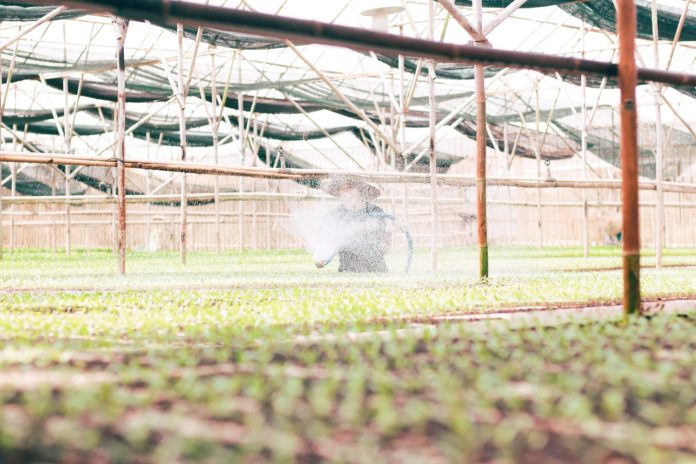The agricultural industry is facing a number of challenges in today’s rapidly changing world. These challenges are being met with new and exciting advancements that mirror the changes occurring in other industries. Increased reliance on technology means that agricultural businesses can operate more efficiently and can reduce the number of field workers needed to accomplish a task.
Hakan Agro, an agricultural commodities corporation, explains the newest advances in the field of agriculture and relates how they can help even the smallest agricultural company gain an advantage in a competitive field.
Food Trends
In the food industry, global demand is rising. As both population and income rise, more food is required worldwide. More premium foods are seemingly in demand. By the year 2050, the world’s population could number as much as 9.1 billion. In order to serve this larger population, the farming industry will need to increase their food production by 70 percent.
As global incomes rise, the desirability of food items changes. Base levels of wheat and grains move into legumes, and then turn to meats like chicken, pork, and beef. Industrial farming and livestock producers need to be able to keep pace with these changes.
The overall composition of the farm industry is changing. The median age of the farmer is increasing, with twice as many farmers over 65 compared to farmers below 45. This means that farms will be consolidated in the future and will run more like businesses than like family farms. The shift from the local farmer to corporate entities may mean that the farm industry is more stable and more efficient than in past years.
Here are 5 of the newest advances in agricultural technology which will help farmers meet the challenges of a rapidly changing future.
1. Robotics and AI
Robotics and AI are beginning to make a large impact on the agricultural industry. Several different robotic types have been introduced to pick, weed, and process agricultural products. These machines can reduce labor-intensive work for the farmers, but they need to be developed with strong AI capabilities to keep them running safely and efficiently.
2. Drones
Drones are already making a huge impact on the agricultural industry. By simply flying a drone over their property, a farmer can make an aerial survey of their crops and determine which areas need attention without disturbing the undamaged crops. Drones can also help increase the security of a farm field.
3. Gene Editing
Genetically engineered plants, while feared by certain segments of the population, are beginning to make positive changes in the agricultural sphere. Gene-edited crops are better able to deal with growing challenges like drought, wet weather, and pests. Gene-edited plants can also be adapted to produce more than the unedited plants, with the intention that farming them will be more productive and efficient.
4. Livestock Monitoring
New equipment is being produced which enables farmers to track the health of their livestock remotely. Using implantable devices, farmers can detect activity, pulse, and the GPS position of their animals. The system can also send text notifications when an animal is in heat or when the animal appears to be unwell.
5. Sensors
Sensors can be placed on equipment to register data of the machinery operations. They can also be Internet-connected, enabling them to be used and manipulated online for better tracking.
Sensors are also being used in the field. Sensors placed around the fields with technology designed to recognize specific images allow farmers to check on their crops from anywhere at any time. IoT (Internet of Things) devices are the next wave in farming technology.
Exciting Changes in Agriculture
With the immense changes ranging from population increase to climate change, there are many factors that point to greater involvement of technology in agriculture. Hakan Agro encourages all agriculture companies to see where they can streamline and improve their operations using these methods. The most exciting advances are in the field of sensors and the Internet of Things. Similarly to how new security technologies have given homeowners the tools to keep their property safe, farmers are able to keep track of their livestock and their produce remotely.
When farmers use these methods, they will be able to produce more food with less waste, increasing their bottom line.
Find a Home-Based Business to Start-Up >>> Hundreds of Business Listings.

















































